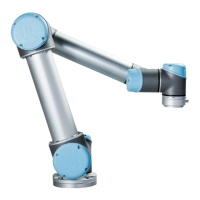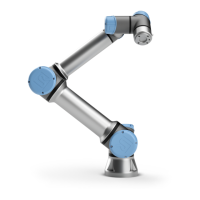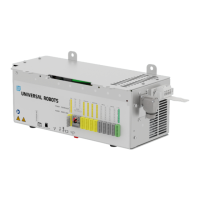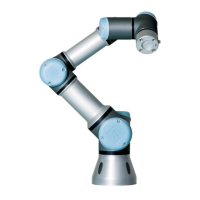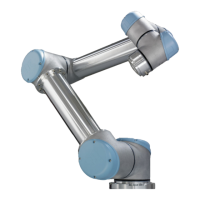5.5 Ethernet
Parameter Min Typ Max Unit
Input voltage in voltage mode -0.5 - 26 V
Input resistance @ range 0V to 10V - 15 - kΩ
Resolution - 12 - bit
Input voltage in current mode -0.5 - 5.0 V
Input current in current mode -2.5 - 25 mA
Input resistance @ range 4mA to 20mA - 200 - Ω
Resolution - 12 - bit
Two examples of how to use analog inputs are shown in the following subsections.
CAUTION:
1. Analog inputs are not protected against over voltage in cur-
rent mode. Overrating the limit in the electrical specification
can cause permanent damage to the input.
5.4.3.1 Using the Tool Analog Inputs, Non-differential
The example below shows how to connect an analog sensor with a non-differential output. The
output of the sensor can be either current or voltage, as long as the input mode of that analog
input is set to the same on the I/O tab. Remember to check that a sensor with voltage output
can drive the internal resistance of the tool, or the measurement might be invalid.
5.4.3.2 Using the Tool Analog Inputs, Differential
The example below shows how to connect an analog sensor with a differential output. Connect
the negative output part to GND (0V) and it works in the same way as a non-differential sensor.
5.5 Ethernet
An Ethernet connection is provided at the bottom of the control box, see illustration below.
Version 3.11
Copyright © 2009–2019 by Universal Robots A/S. All rights reserved.
I-41 UR5/e-Series
